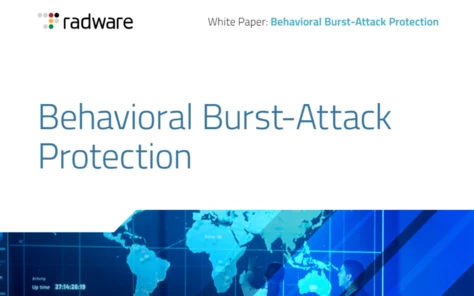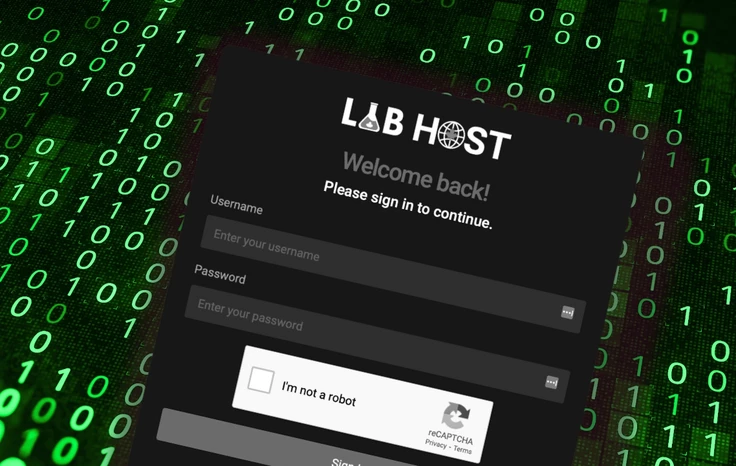Top 10 Ways to Prevent AI Bias
Top 5 Cybersecurity Practices for Organizations
This article was contributed by Ulrike Niemann, Content Marketing Specialist.
As if cybercrime wasn’t already on the rise, the global pandemic has given this trend a major boost in the past two years. Organizations across the globe are facing serious cyber security threats daily, from seemingly harmless phishing attempts to advanced data breaches and information theft. The question is, how does one organization protect its data and resources? The answer is in practicing consistent security measures.
Organizations with an in-house cybersecurity expert or a team of experts have a significant advantage as they can better allocate their resources to cybersecurity practices and preventative measures. Organizations without an in-house expert will have to adapt their daily practices and pay closer attention to protecting data and devices from potential security threats. With that said, here are the top cyber security practices for such organizations.
Invest in Training
Lastly, the best security measure any organization can invest in is employee training. By training employees on the best security practices and the consequences of not following security protocols, you will significantly increase the level of cybersecurity awareness within your organization. After all, the number one reason cybersecurity attacks happen is human error.
Training your employees on recognizing potential threats and reacting in time can help minimize security risks within the company. Consider creating a bimonthly or quarterly training event to increase awareness regarding cybersecurity topics.
Overall, combining these security practices will help you prepare your organization for potential security threats. Don’t hesitate to start putting these plans into action, and don’t wait until it’s too late!
Reevaluating and Patching
The best way to prevent cybersecurity attacks is to work on keeping your organization’s network ‘bulletproof.’ While it is difficult to maintain a 100% secure frontier, there is a way to ensure that the organization’s system is well protected, and that’s by doing regular reevaluation. By taking the time to inspect the network and detect its vulnerabilities, you can patch the holes in the system and take care of potential issues before hackers notice and leverage them.
As one of the most important parts of any cyber security strategy, patching requires coding knowledge and expertise. Hence, it is best to hire a cyber security expert (either full or part-time) to assist the organization with regular patching tasks.
Use a VPN
Perhaps the simplest thing you can do that will have a massive impact on your company’s security system is installing a VPN or a virtual private network. A VPN for PC helps to hide incoming and outgoing traffic by routing it through an encrypted server. That way, all the activity taking place on the VPN-protected device will be hidden from third parties on the same network.
Setting up a VPN across all company’s devices can significantly lower the chances of your data and activities being detected online. Besides, there are other benefits to using a VPN for PC, such as accessing geo-restricted content and unlocking offers available in different regions.
Create a Response Plan
A response plan can save your organization from losing a ton of data or money during a security attack. Naturally, if a hacker catches you completely unprepared, the chances are that they’ll make the most of the situation and leverage as much of your data as possible. However, if you prepare for potential security attacks, you may still have a chance to save some, if not all data, from being stolen.
That’s why you need to have a well-crafted plan just in case things go wrong. With a proper response plan in place, you might be able to notice cybersecurity attacks in time, and, most importantly, you’ll know how to react to prevent damage. Organizations that have strict guidelines on how to behave in case of a security threat can often minimize their losses caused by these incidents.
Setting Up Two Factor Authentication
Two-factor authentication is an easy way to add an extra layer of security to your organization’s network. By enabling 2FA on all your accounts and devices, you’ll make it much more difficult for hackers to breach the system. It’s often this additional security fence that scares many attackers off. Besides, two-factor authentication is easy to set up and work with daily.
It requires users to provide additional information whenever they’re logging into an account or device for the sake of proving their identity. As simple as it may sound, two-factor authentication is a great way to protect the organization’s sensitive data and add more security to the most vulnerable parts of the network.

























